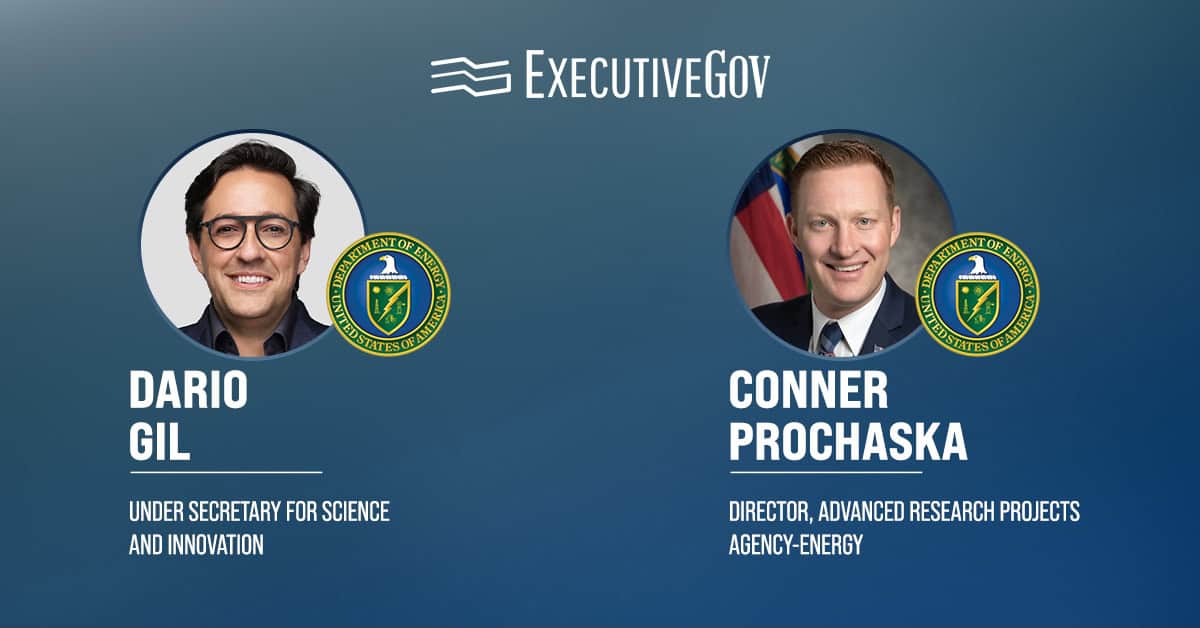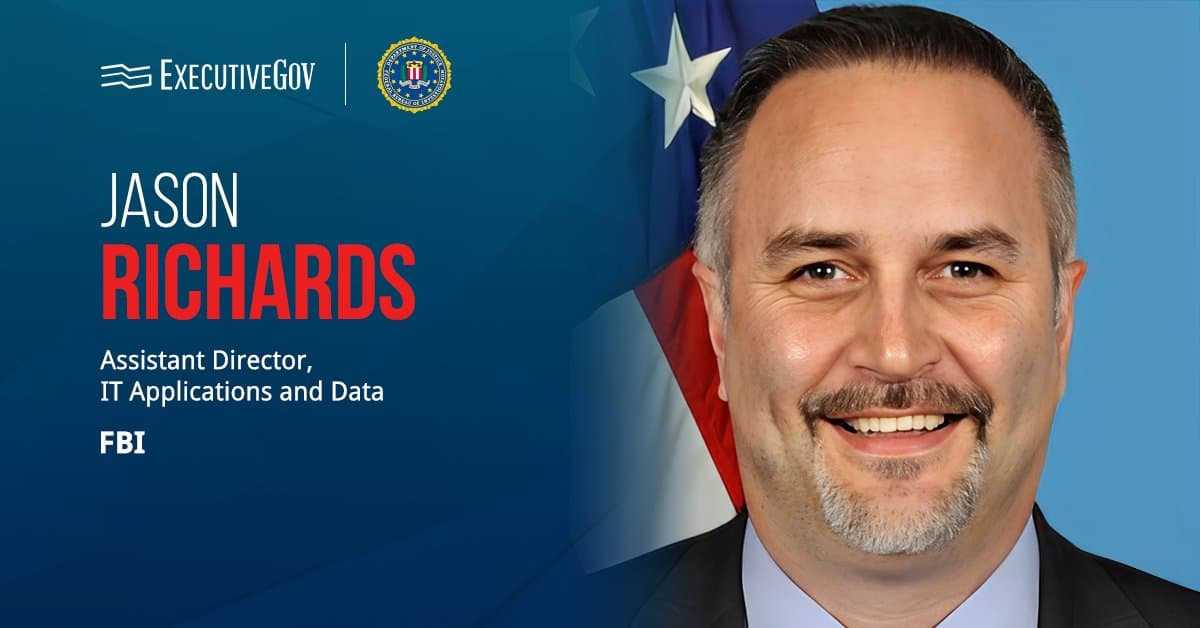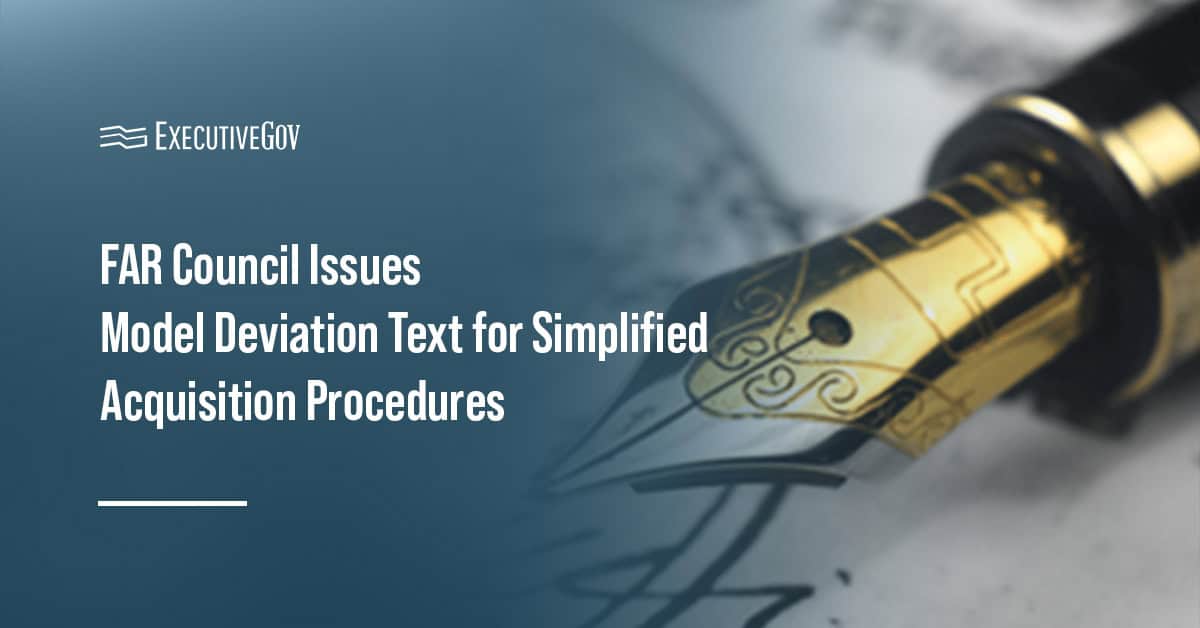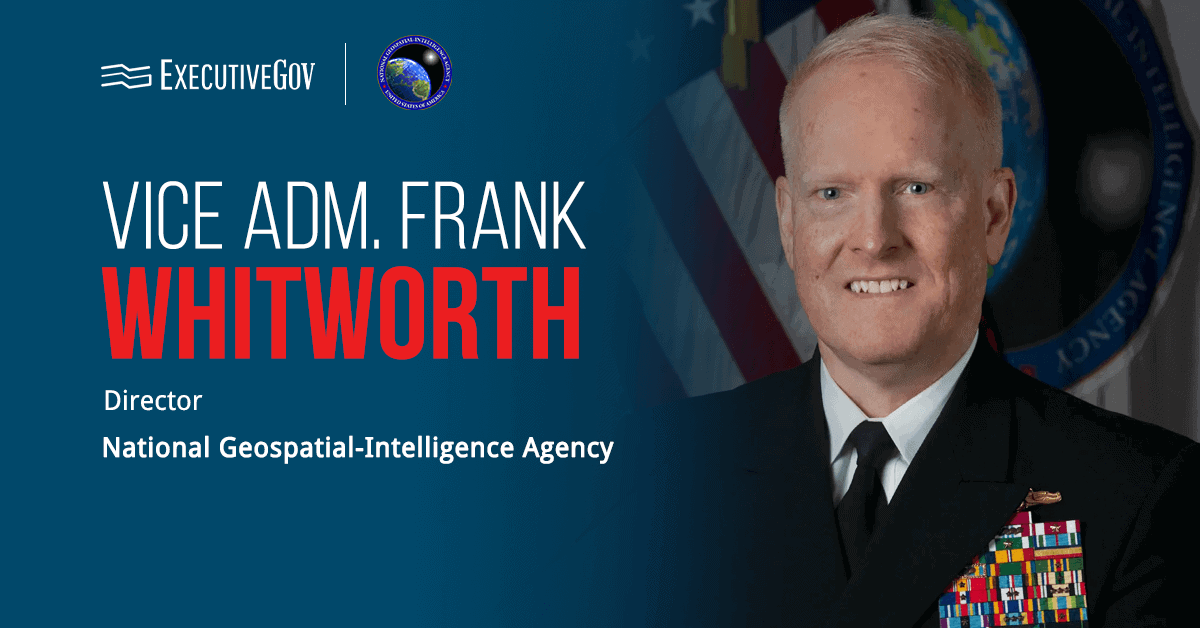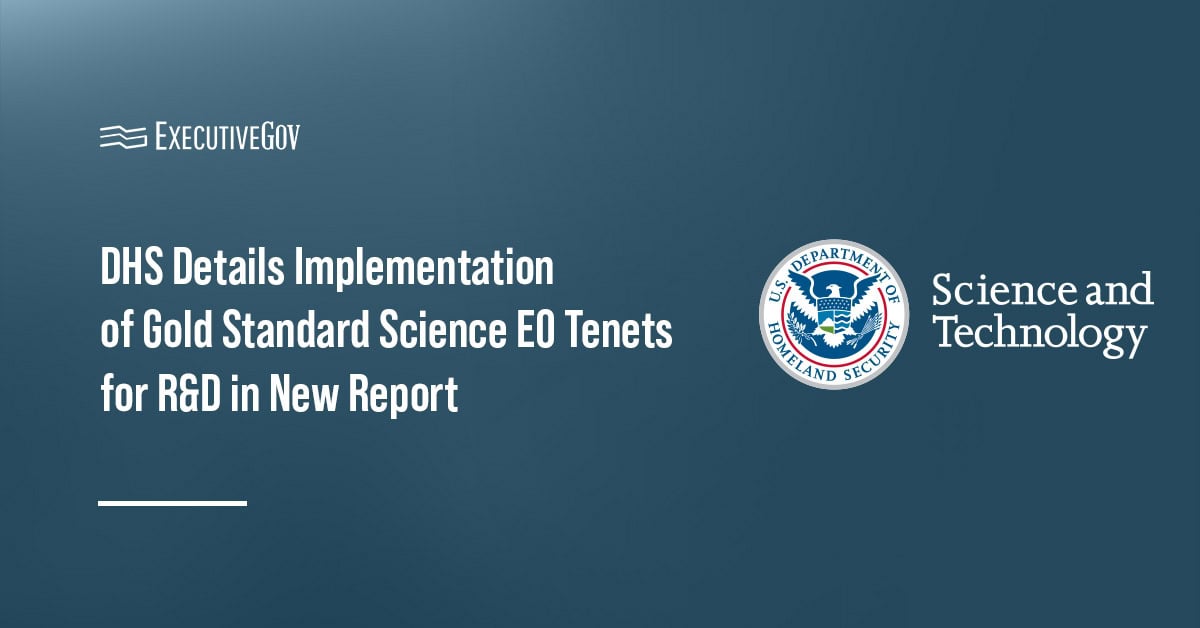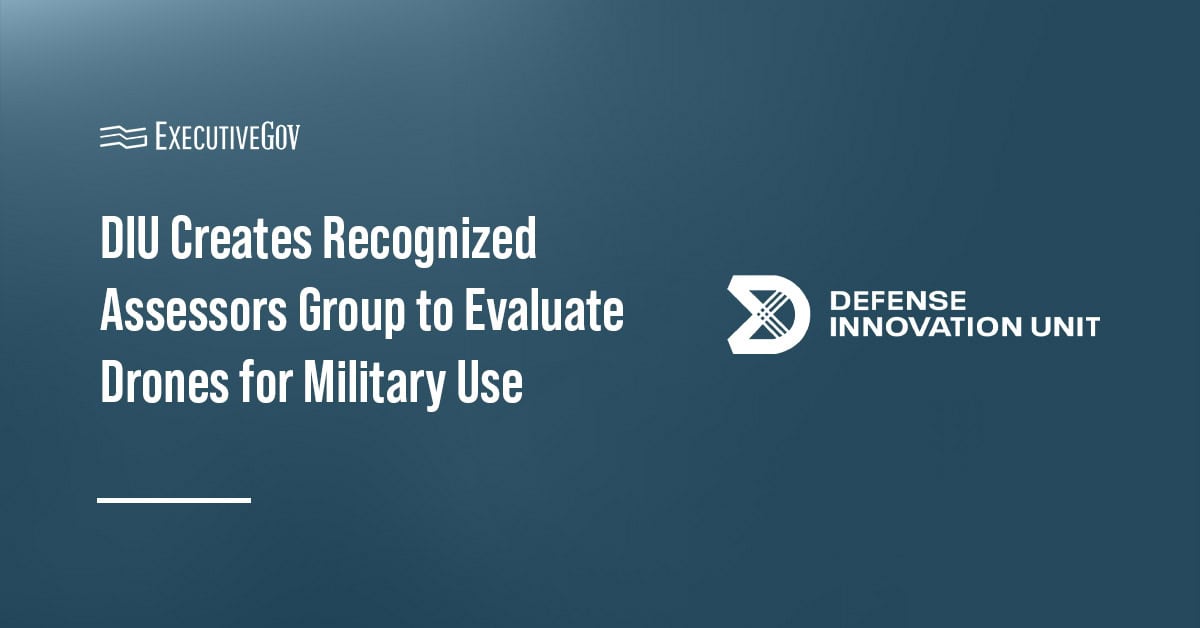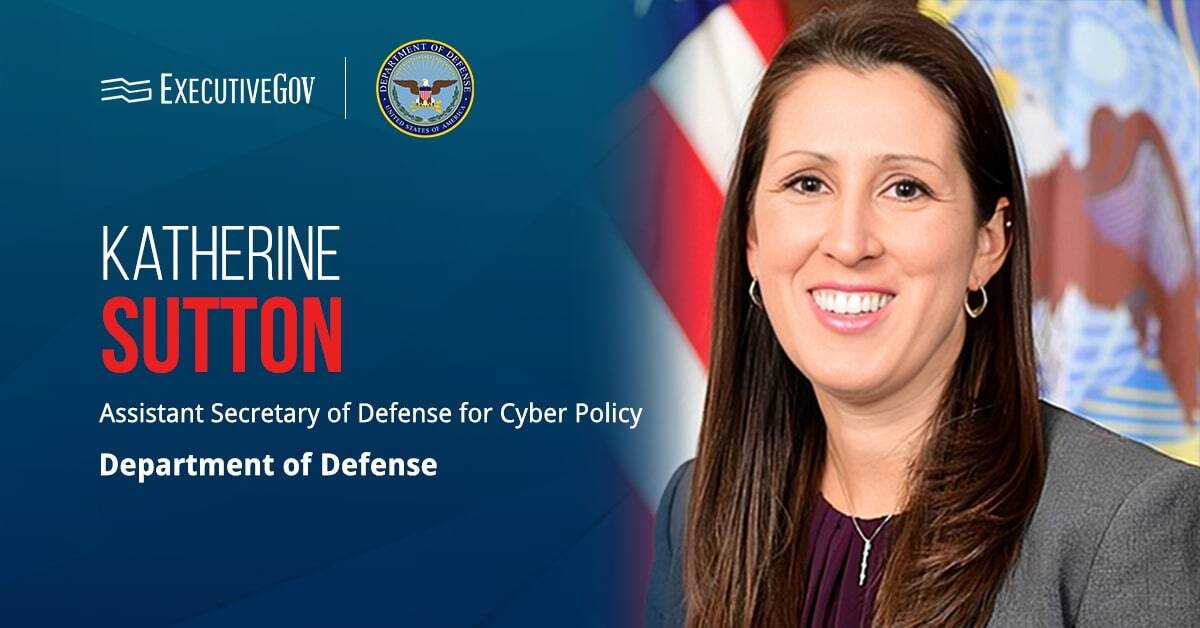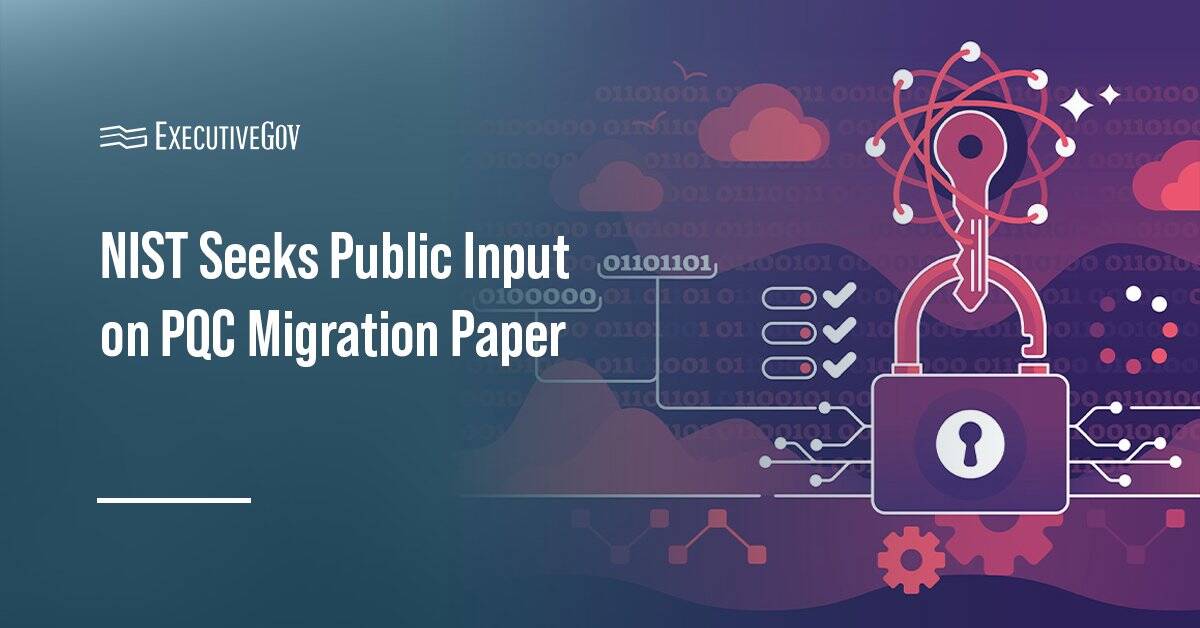The Senate on Thursday confirmed Dario Gil as the under secretary for science and innovation at the Department of Energy and Conner Prochaska as director of the Advanced Research Projects Agency-Energy, or ARPA-E.
The upper chamber confirmed the top two DOE leaders, along with dozens of other nominees for federal government positions, through an en bloc vote of 51-47.
Table of Contents
Who Is Dario Gil?
Gil most recently served as senior vice president and director of research at IBM. In this capacity, he directed innovation strategies in hybrid cloud, semiconductors, artificial intelligence, quantum computing and exploratory science. He was also responsible for the tech company’s intellectual property strategy and business.
The National Science Board chairman has served on the U.S. President’s Council of Advisors on Science and Technology.
He co-chairs the MIT-IBM Watson AI Lab and the executive board of the International Science Reserve.
Gil sits on the boards of several organizations, including the Center for Strategic and International Studies, Semiconductor Industry Association and the New York Academy of Sciences.
The National Academy of Engineering member holds Ph.D. degree in electrical engineering and computer science from MIT.
Who Is Conner Prochaska?
According to his LinkedIn profile, Prochaska has been serving as senior adviser to the DOE secretary since February. He assumed responsibilities as chief AI officer at the department in May.
Before DOE, he was chief of strategic partnerships at Bohr Quantum Technology.
During President Trump’s first term, he was chief commercialization officer and director of the Office of Technology Transitions at DOE. He also served as a senior adviser and chief of staff at ARPA-E.
Prochaska served in the U.S. Navy as an intelligence officer.
The Texas A&M University holds a Juris Doctorate from the George Washington University Law School.


